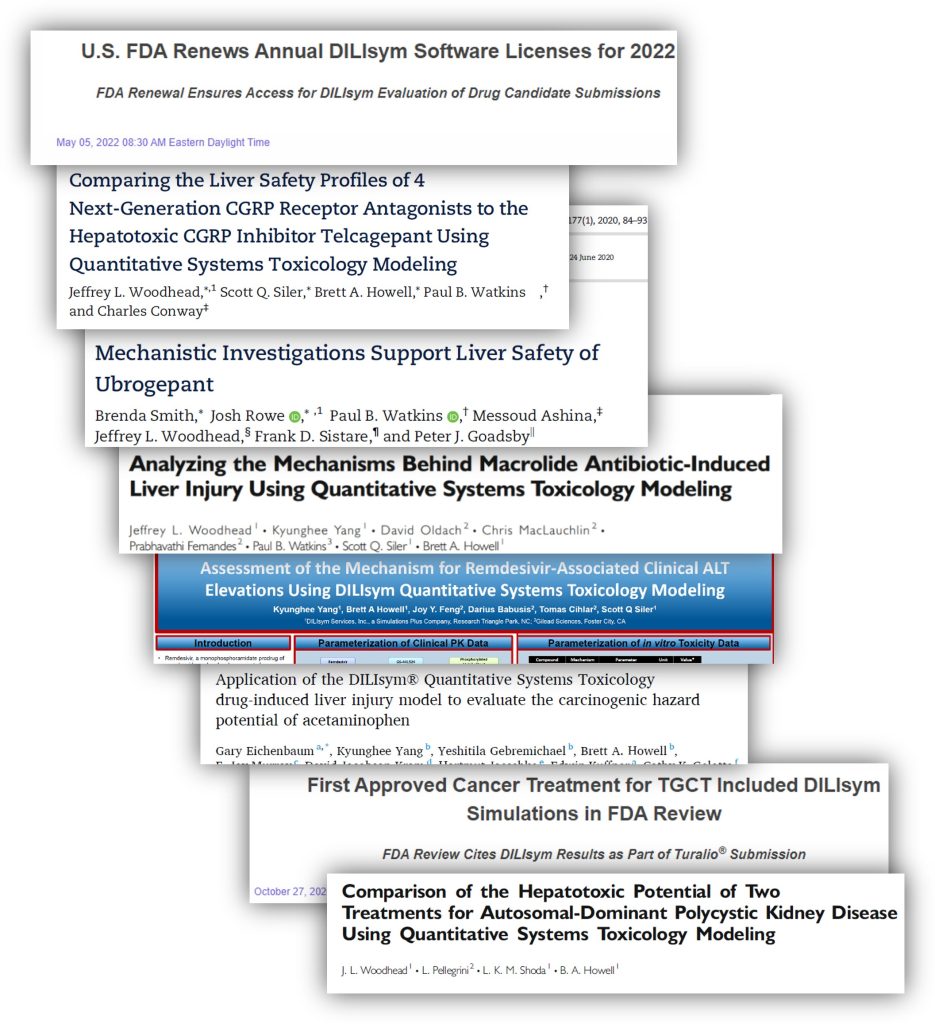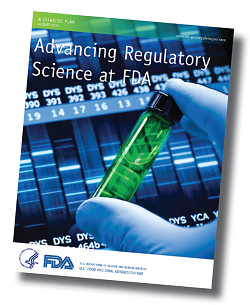Given the high social and economic costs associated with late stage drug failures, the U.S. FDA has been assessing the added value of computer modeling in regulatory decision making as a way of predicting drug safety and efficacy during drug development. A major effort in the Center for Drug Evaluation and Research is the development and use of computer simulations to predict drug toxicity and to understand the mechanisms responsible for unexpected adverse events. Liver and kidney toxicity remain areas in which safety concerns continue to lead to drug failures across all phases of drug development. The FDA was involved in a Cooperative Research and Development Agreement (CRADA) that led to the formation of the DILI-sim Initiative and the ultimate development of the DILIsym software platform. Recently, the FDA renewed their DILIsym licenses package. A commentary published by employees of the FDA on the DILIsym software praised early examples of DILIsym use and commented on the prospect of future predictions. Another review paper including an FDA author provided an overview of DILIsym. Finally, a published book edited by an FDA employee included a complete chapter on DILIsym. Many application examples of DILIsym have also been submitted to the FDA, as noted above. Submissions to the EMA and PMDA have also occurred for some of the same development programs and others.



